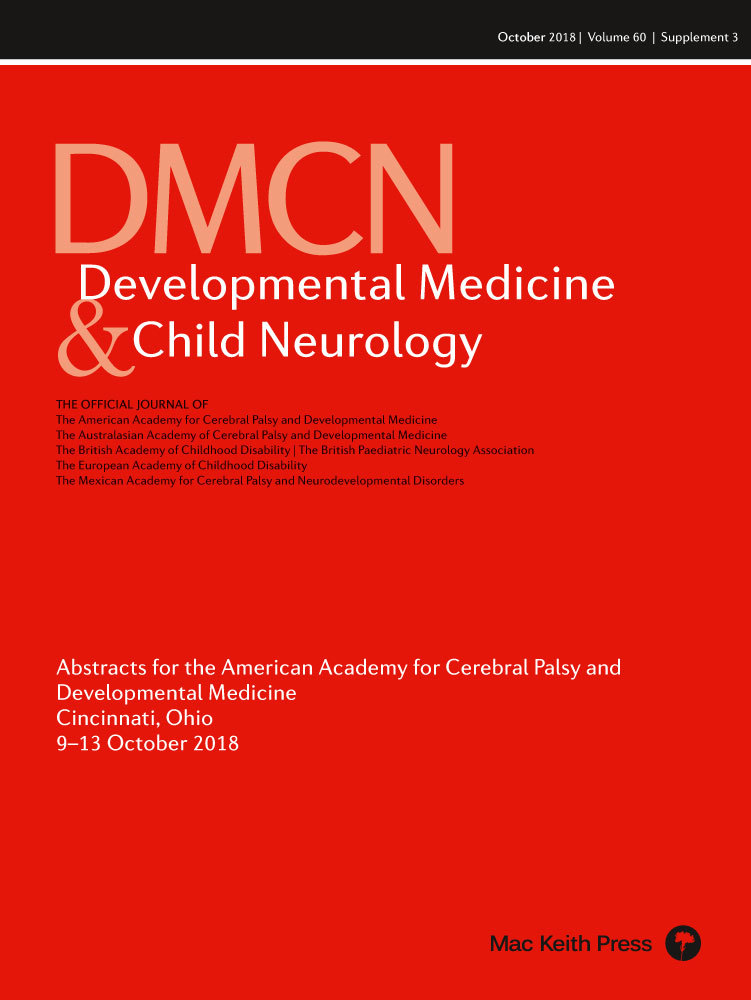Effects of yoga exercise program on physical function in young children with Down syndrome
E9
Y Salem1, H Liu1, A Young2, M Tolbert2, A Elokda3, C Holmes1
1University of North Texas Health Science Center, Denton, TX, USA; 2Texas Christian University, Fort Worth, TX, USA; 3Florida Gulf Coast University, Fort Myers, FL, USA
Background and Objective(s): Regular physical activity is advocated to maintain a healthy body, and enhance physical and psychological well-being. Recent evidence suggests that engagement in physical activities helps improve physical functioning in children with disability. Despite the fact that a growing number of children with Down syndrome are using yoga and popularity of its use in schools for those children as part of their adaptive physical education classes, there is limited evidence in the literature to support or rule out the potential benefits of yoga among children with Down syndrome. The purpose of this proposed study is to determine the feasibility of using yoga and its efficacy to improve physical function in children with Down syndrome.
Study Design: This is a randomized control study.
Study Participants & Setting: Children were recruited from daycare/school setting. Twenty four participants (ages between 3 and 5 years) were randomly assigned into a control group (n = 12), or an experimental group (n = 12).
Materials/Methods: Participants in both groups continued with their routine programs and activities. The participants in the experimental group participated in the yoga program two times per week for 30 to 45 minutes over a period of 10 weeks. Participants were evaluated one week before and one week after the program by blind investigators. Primary outcomes were walking speed, Timed Up and Go, Timed One Legged Stance, Five Times-Sit-to-Stand test, Two-Minute Walk test, and grip strength.
Results: Paired T-test for comparison of pre- and post- intervention revealed statistically significant increase in gait velocity (74.8 vs 85.9), cadence (137 vs 145), as well as step length and stride length in both left and right lower extremities (all p<0.001). Improvements were seen in Timed Up and Go, Two-Minute Walk test, and grip strength. However, no significant changes were identified in stance time, swing time, single-stance, double stance time, base of support, and toe-in/out angles (all P > 0.05).
Conclusions/Significance: Yoga seems to be an effective study for improving physical function in young children with Down syndrome. To our knowledge this is the first RCT that examined the effects of yoga on physical function in young children with Down syndrome. The obvious enjoyment and engagement demonstrated by the children participated in this study and potential benefits suggest that the use yoga as an exercise program is feasible and beneficial to augment the rehabilitation of young children with Down syndrome.




